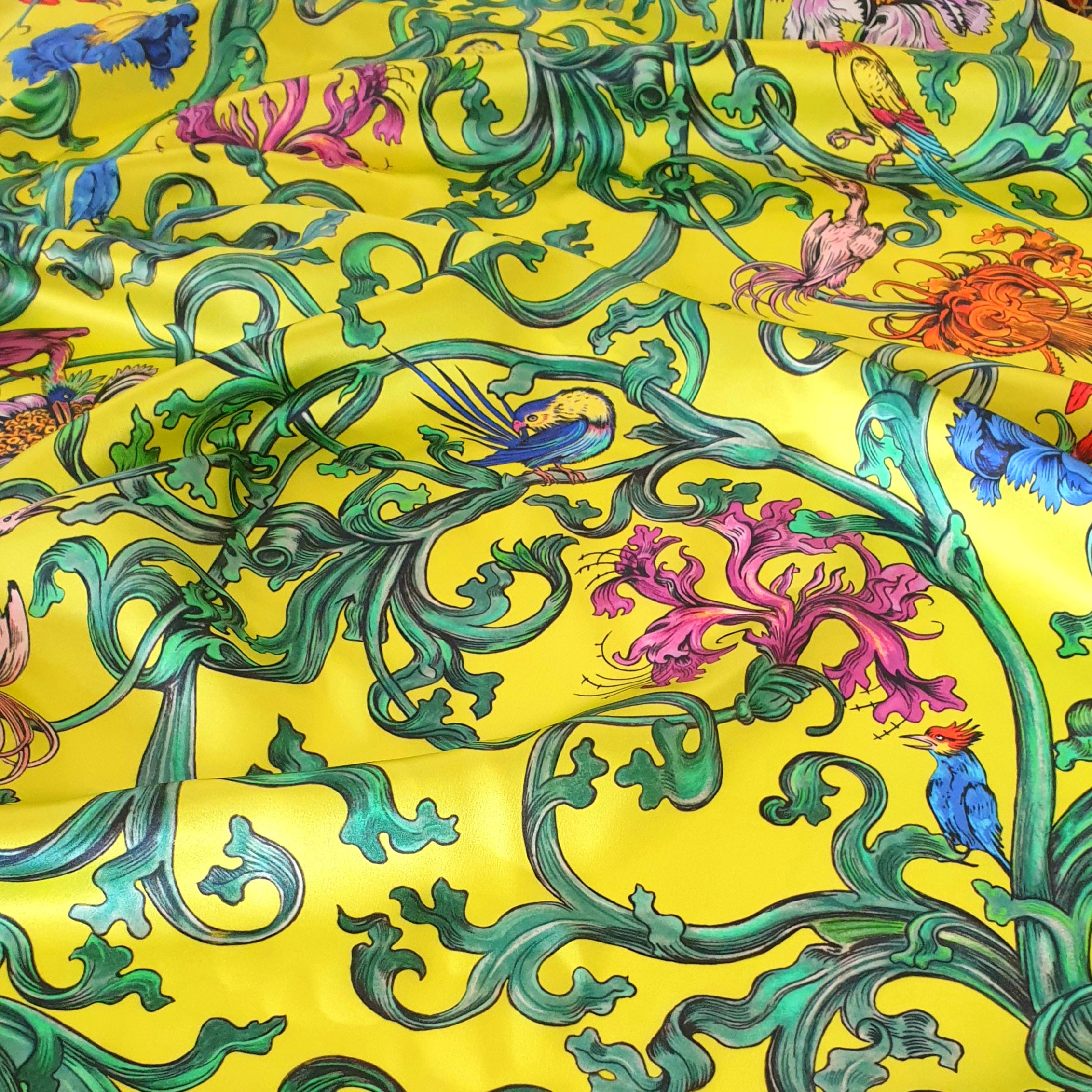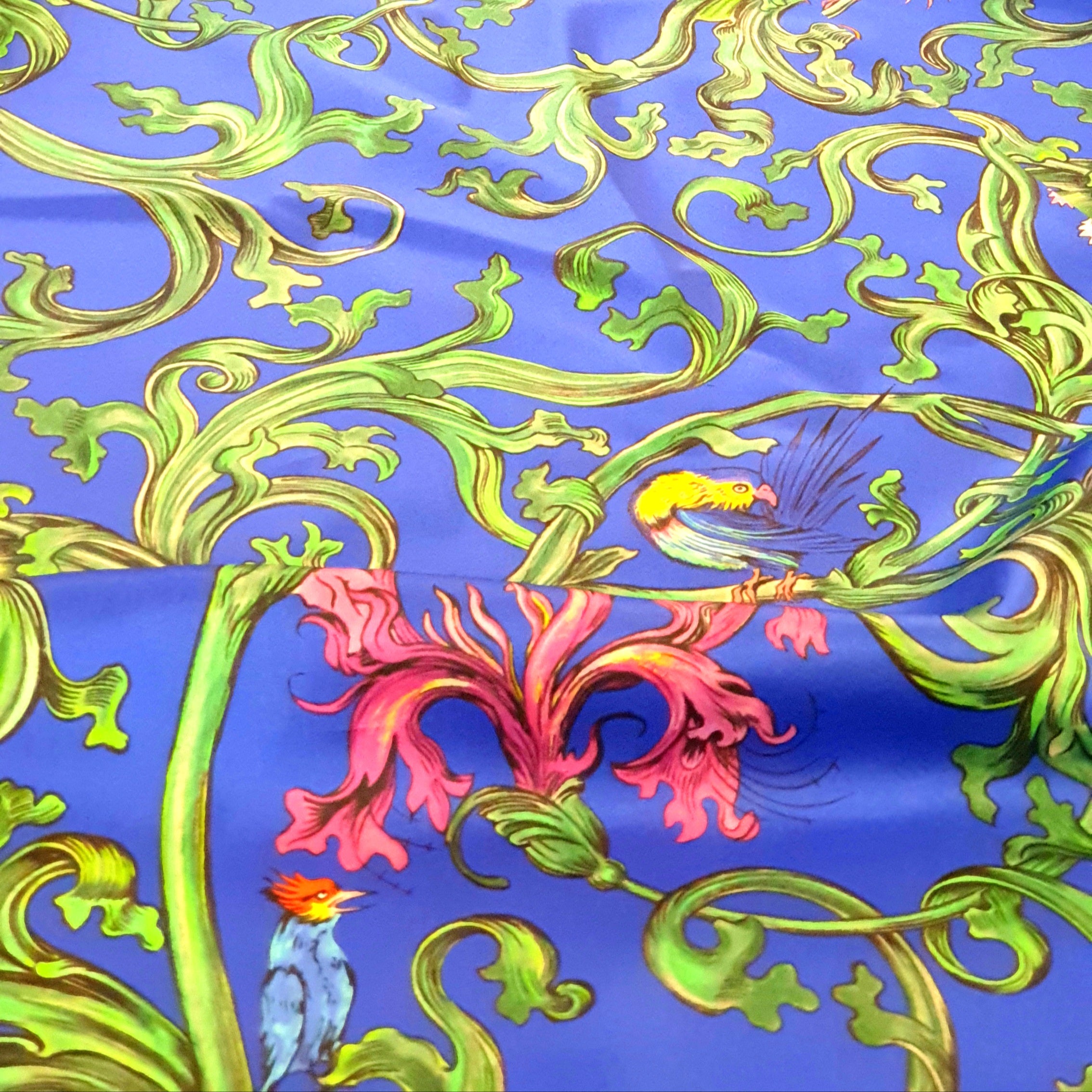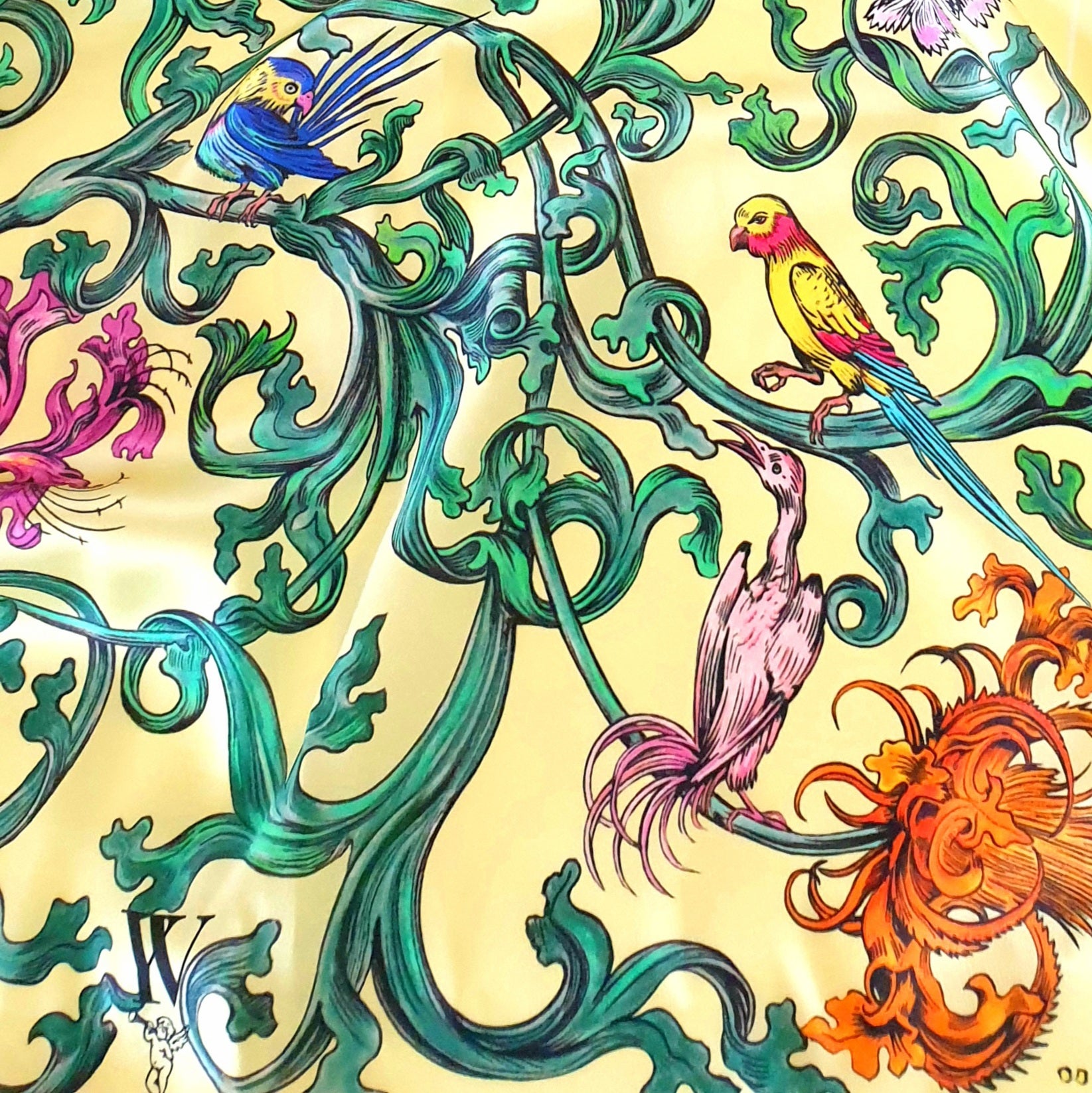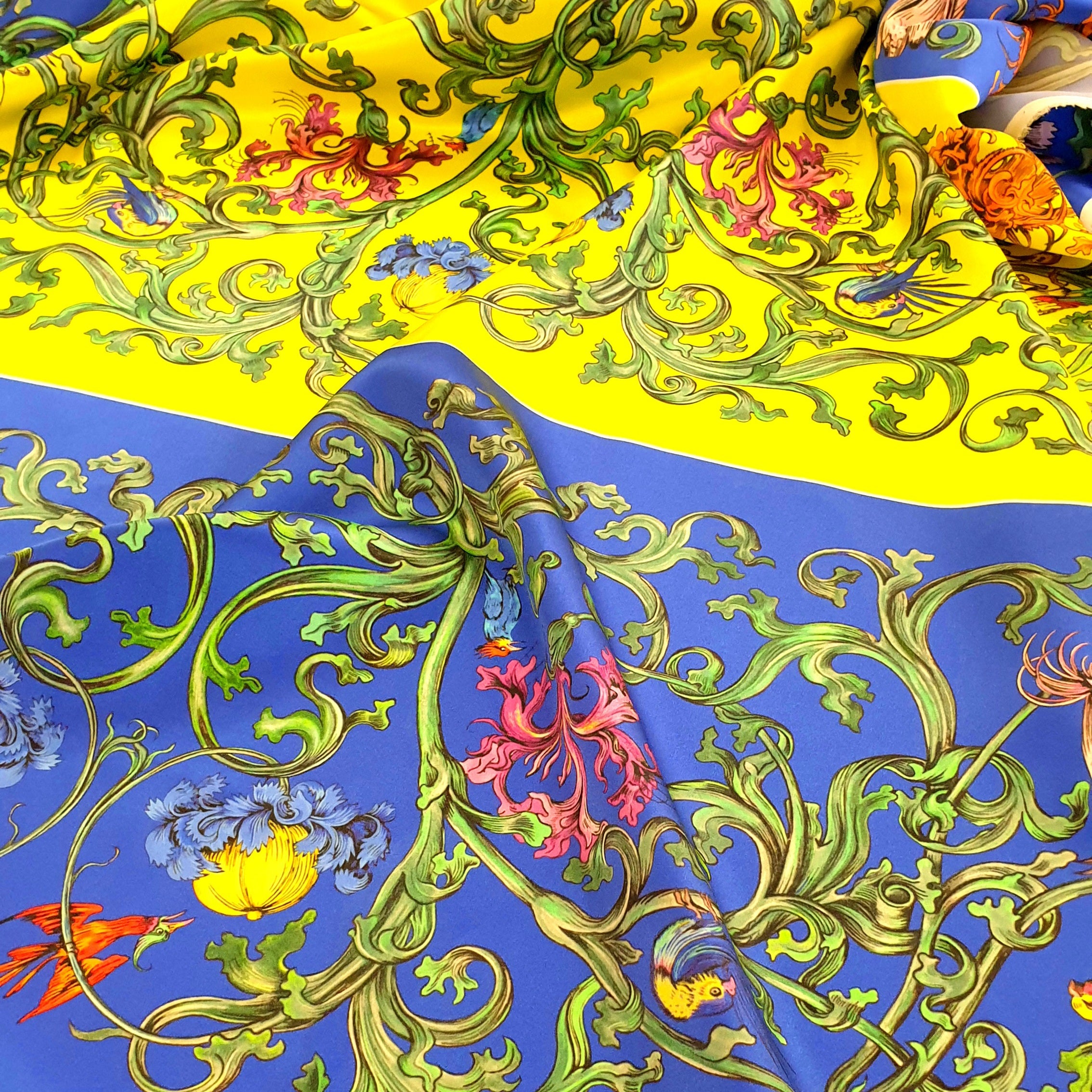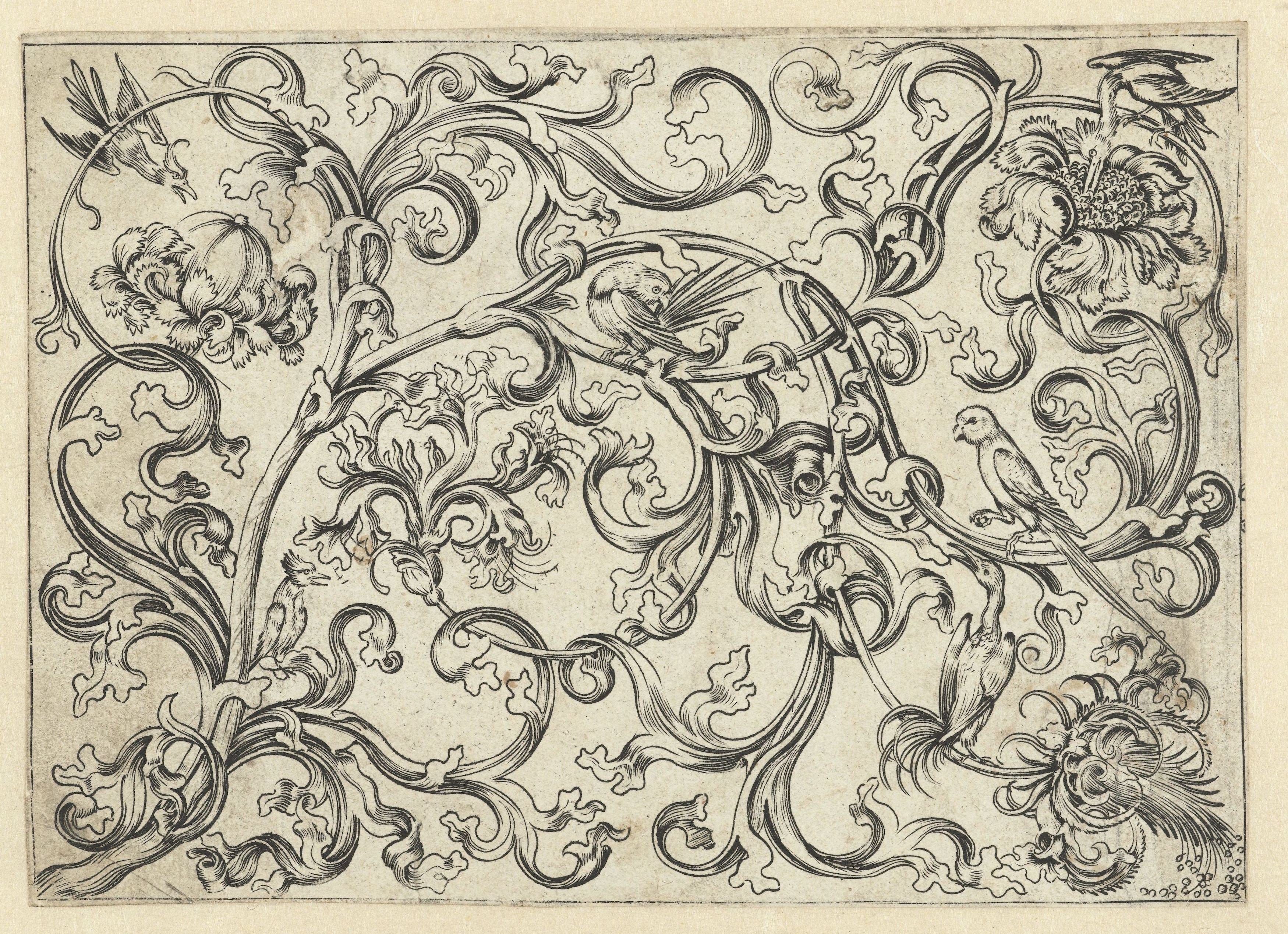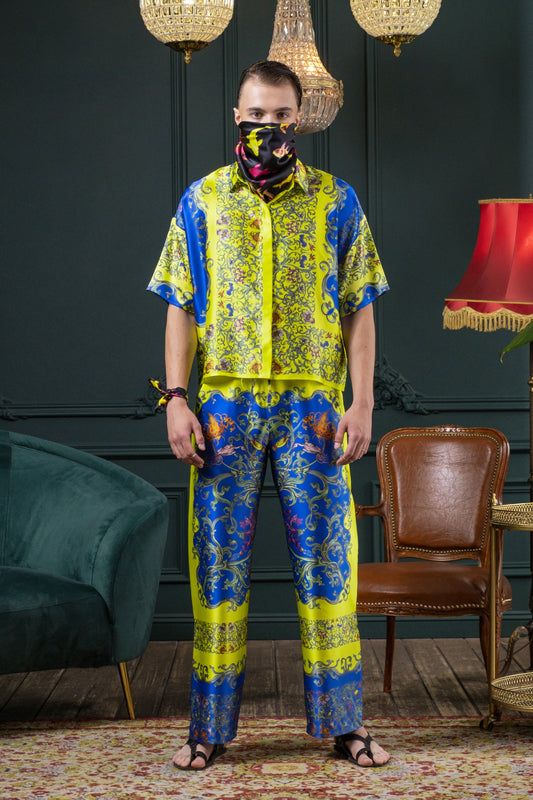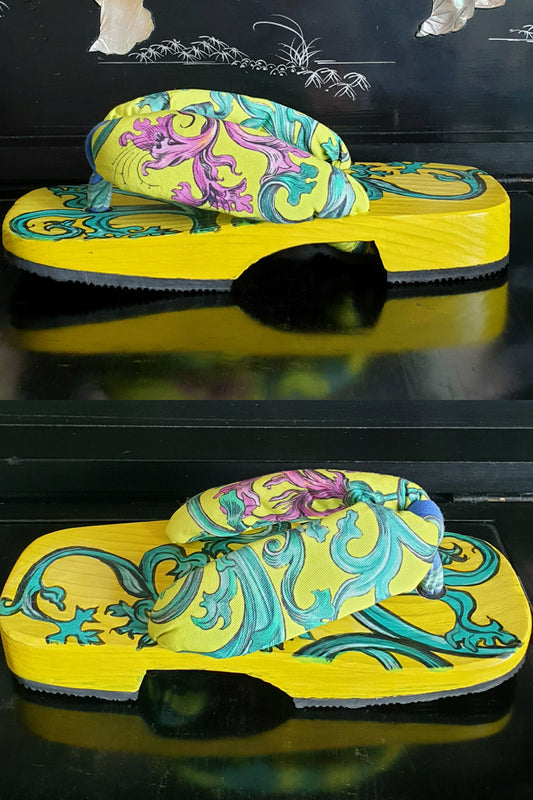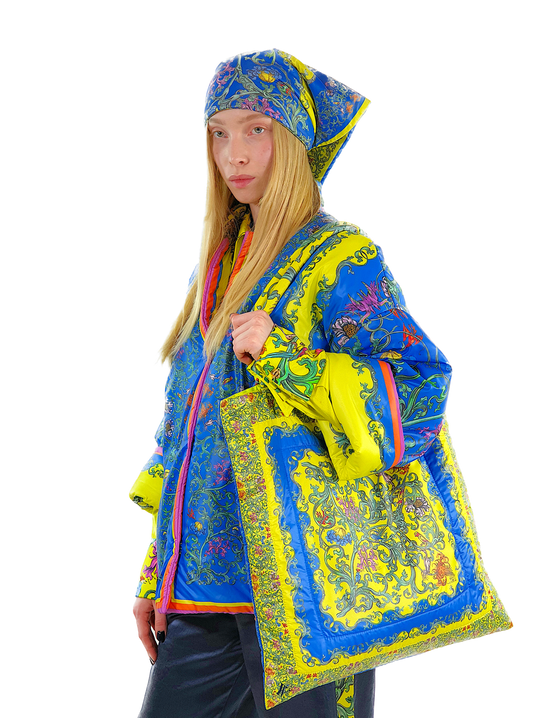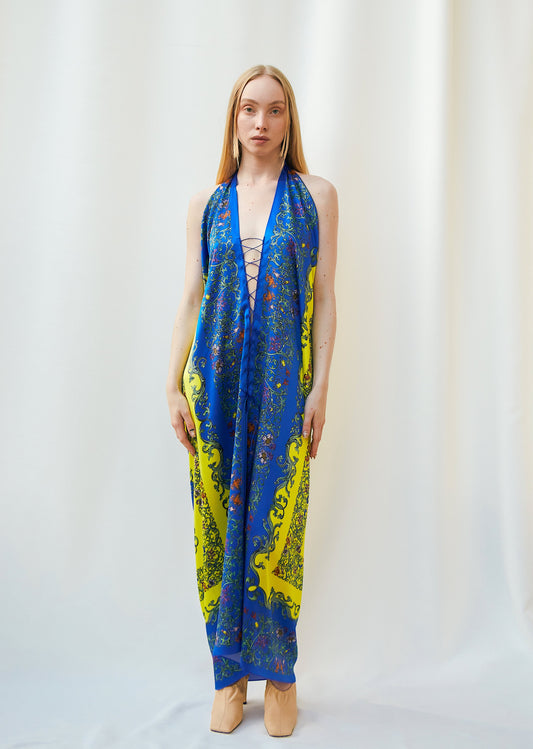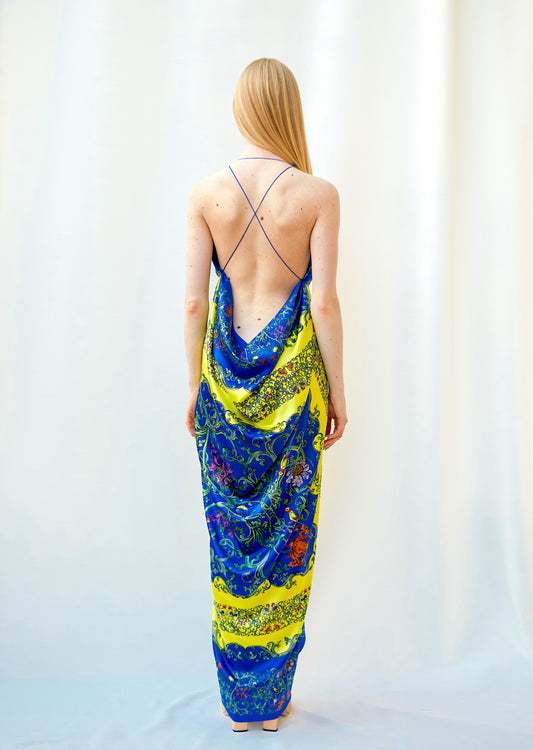Grapevine
Martin Schongauer, known as "Beautiful Martin," was a magnificent painter, draftsman, and engraver of the Early Renaissance. Many artists of the Renaissance era were inspired by his works!
Schongauer has created up to 117 engravings. They demonstrate that he was the first significant master in Germany who confidently and freely handled the burin, overcoming technical difficulties and conveying his sensitive, noble, and sometimes even majestic compositions. His idealized heads are particularly good in terms of type and expression. Schongauer's engravings had a significant influence on European art. His monogram is present on all surviving engravings, which was often used by other engravers of that time. In his prints, he depicted religious subjects, genre scenes, animals, ornaments, and more.
The engravings from the early period of his career are quite large in size and complex in composition. Martin Schongauer was the elder contemporary of Dürer, but their paths never crossed. However, the young and curious Dürer had seen Schongauer's engravings somewhere and desired to meet the master himself. Persistent Dürer made his way to the city where Schongauer lived, only to be told that the master had passed away. However, they pointed him to the house where the deceased master's living brothers resided. Dürer found the house, found the brothers, and introduced himself. They believed the persistent stranger, and Dürer had the fortunate opportunity to see the actual boards used by the late master for printing engravings, which inspired Albrecht to travel far beyond the horizon.
Pilgrims would travel to Rome to come closer to relics, to save their souls or heal their ailing bodies. Dürer sought artistic relics to expand the horizons of his knowledge and become a master on par with his predecessors. According to Giorgio Vasari, Michelangelo himself studied and copied one of Schongauer's engravings.
Featured collection
-
Silk Set “Grapevine” yellow_blue
Regular price €750,00 EURRegular priceUnit price per -
GETA_"Grapevine"
Regular price €460,00 EURRegular priceUnit price per -
transformer_JACKET "Grapevine"
Regular price €750,00 EURRegular priceUnit price per -
Large transformer_SCARF "Grapevine" blue
Regular price €475,00 EURRegular priceUnit price per

